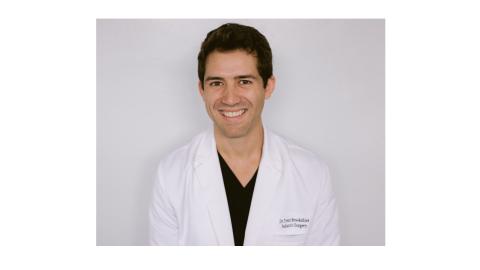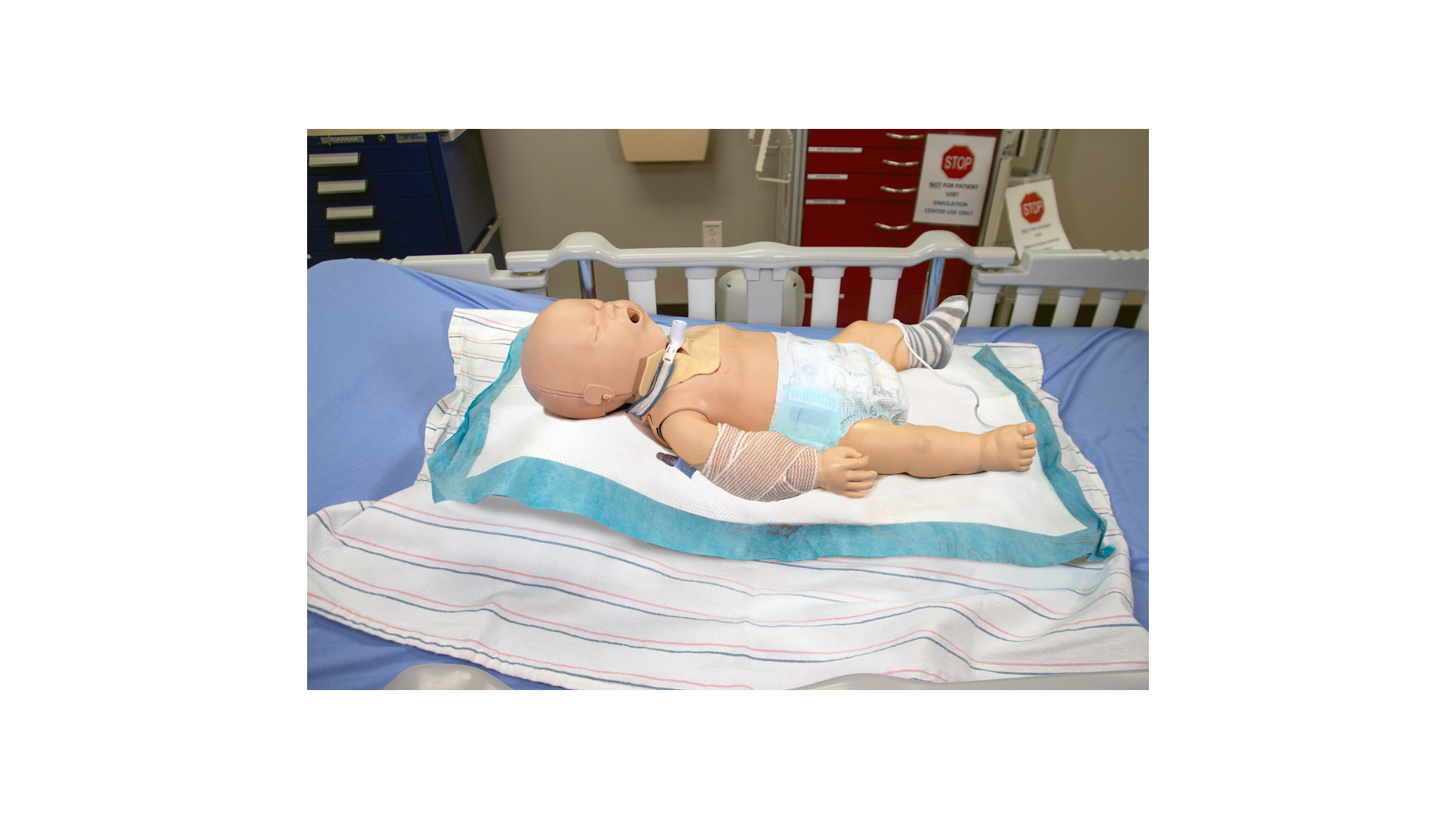Intervening with Urgency: A New Tool for Early Recognition of Chronic and Non-Healing Wounds
September 1, 2024
© 2024 HMP Global. All Rights Reserved.
Thanks for your interest in learning about this new tool for early recognition of Chronic and Non-Healing Wounds. About a year ago I participated in a round table discussion on the topic of Wound Balance. That discussion on achieving Wound Balance and shifting focus from managing wounds to leveraging intention of healing wounds whenever possible and as early as possible, inspired my creation of the BIOMES tool to help encourage early intervention" – Trent Brookshier, DPM
Transcription:
My name is Dr. Trent Brookshier, and I'm a podiatric surgeon here is San Diego, California, at a private practice called North Park Podiatry. I'm also one of the attending surgeons at Scripps Mercy Hospital in San Diego.
I created this BIOMES tool to kind of help people, especially people that see any kind of wound, to quickly identify red flags or any type of barrier to wound healing. And it specifies when you should refer somebody to a specialist. So, once you have a breakdown of skin, there's this microbiome, a collection of all the microbes, fungus, bacteria, viruses, and their genes, that naturally live in our bodies. So that's why I think the word BIOMES should trigger a quick way to identify all these red flags.
So the nice thing is that the word BIOMES is pretty much in the order of importance.
B stands for blood flow, and you can't heal anything without good blood flow.
I is for infection.
O is for offloading. The reason there's one hundred times more foot amputations than hand amputations is because of this, even though wounds are occurring on both parts of the body.
M is for metabolic or morbidities, diabetes, peripheral arterial disease, end-stage renal disease. All these are just a few examples of things that can complicate the disease-healing process. And if these aren't managed or accounted for, that's when we see more problems arise.
E is for exudate or bioburden, something that's often forgotten or overlooked. How much drainage is there, and how are you managing that drainage?
S is for social or economical factors. You can again dive really deep into this one, but just on a surface level, some questions to consider are where do you live? Who do you live with? And how is that affecting the wound healing process?
So, I wanted this tool to be really straightforward and easy for any medical provider to use. Like I said, you can dive a lot deeper into each portion of this mnemonic, but that's not the job of the person using this tool. Your job is just to quickly look at these letters and say, do they meet any of these barriers or red flags? And if so, let me see if you can get them to the right person or the wound specialist in the area. If you don't know who that is, today's the day to figure that out, because that's what's going to be saving toes, feet, legs, and ultimately lives every day.
This tool is geared towards anyone that encounters a wound. So that's very common for people that work in emergency room settings, urgent cares, skilled nursing facilities, primary care settings, wound care settings. All these people encounter wounds almost daily. And even if you see wounds daily, it doesn't mean that you shouldn't be utilizing this tool. I use it myself to try to make sure I'm hitting all these check marks. But this also identifies, do you have the right things in your clinic or in your facility necessary to manage the wound or heal the wound? Or do I need to refer to a right person? Too often people are losing their limbs or their life due to the delay of a referral to the right specialist.
So even if, again, even if you manage wounds, such as a medic in an emergency room or an urgent care, it's different than being the wound care specialist that's going to help heal the wound. So we need to get out of the mindset of wound care and shift it to wound healing. This has profound and dramatic effects.
First, for example, let's take the patient. I'll usually get paged at the hospital to see a wound, and as the podiatric surgeon, that's typically for limb salvage, meaning I have to decide how much am I going to amputate in order to save the patient's life, and once I've stabilized them, how much of their foot or lower extremity can I make as functional as possible? But if we rewind, and I'm just now seeing this patient with gas gangrene, this is a wound that hasn't been there for days, sometimes it's more than days or weeks or even months. And someone should have identified this wound much earlier on in the process, and said, who can I get this person to? Who does it need to be seen by? What are the barriers, or these red flags, to have avoided this?
So, there's obviously a patient and a medical benefit, but there's also huge financial benefit to the hospital, to a center, to society, because outpatient local wound care can save millions or billions of dollars for our healthcare system by preventing all these unnecessary hospitalizations and surgeries
If you see a wound, try using the BIOMES tool. Do a quick score, and don't delay, refer today. That brings up, why can't, whether you're a nurse or a PA or a doctor, anybody helping with the wound, why can't you try to treat it and manage it? Even if you're more than qualified for the job, you should check each letter and say, for example, B for BIOMES, that's the blood flow. Are you taking the pedal pulses? And if they're palpable, that's usually not enough to identify microvascular disease. Do you have an ABI in your office, an ultrasound, a vascular surgeon, or someone who can perform an angiogram, or increase the blood flow if necessary? So all these things should be considered. I have all these things and tools in my office, so I can use them daily. And that's why it's so important to identify these red flags or these barriers and then get it to a person who can help alleviate the problems.
I think that wound healing is truly a team effort, and this tool just kind of helps incorporate the whole team. So whether you're the first person to see the wound, the middle person, and the last person, it helps to integrate all of us to manage all these difficult tasks of healing these wounds.
The views and opinions expressed in this content are solely those of the contributor, and do not represent the views of WoundSource, HMP Global, its affiliates, or subsidiary companies.








